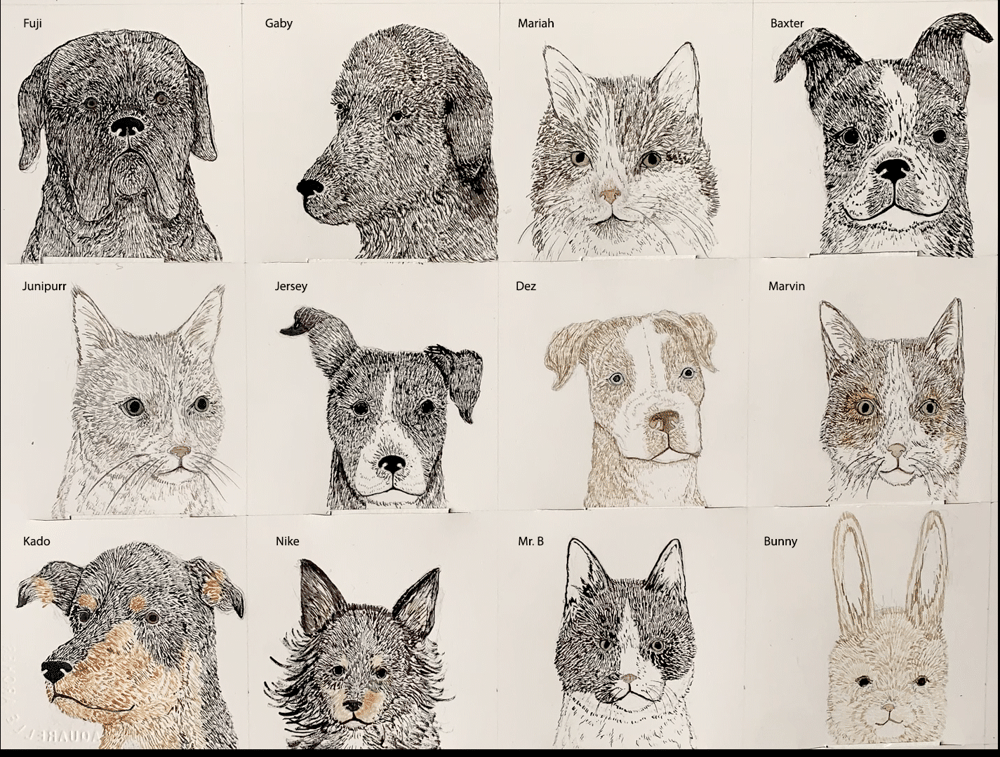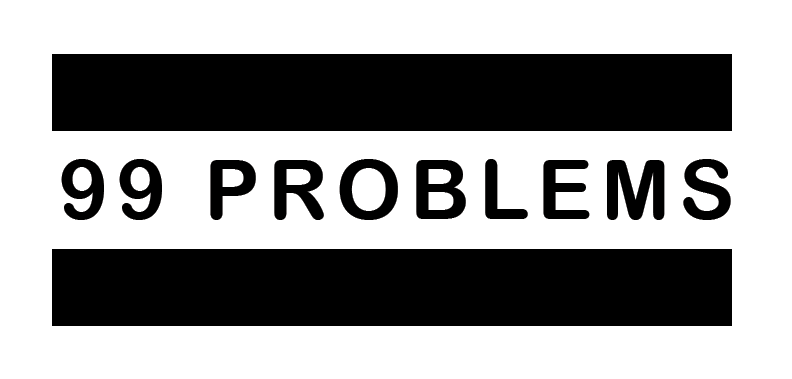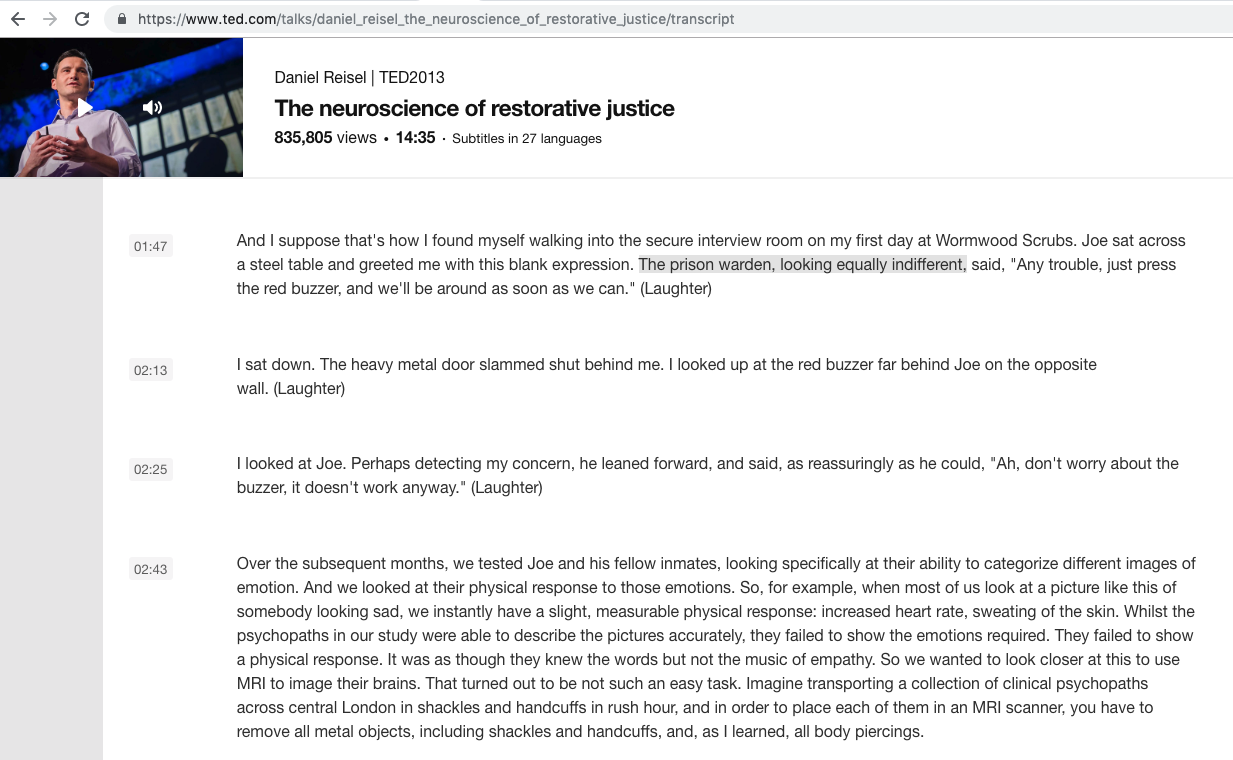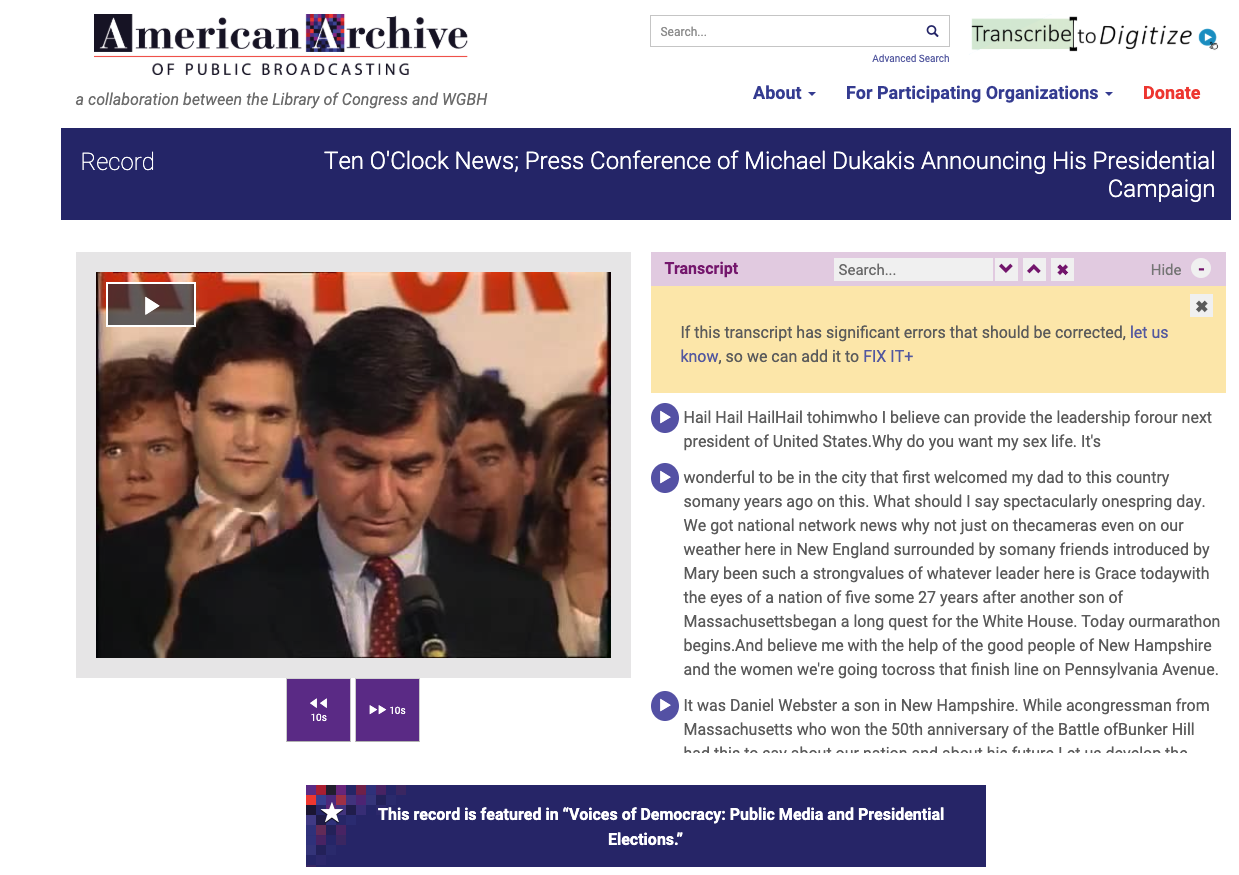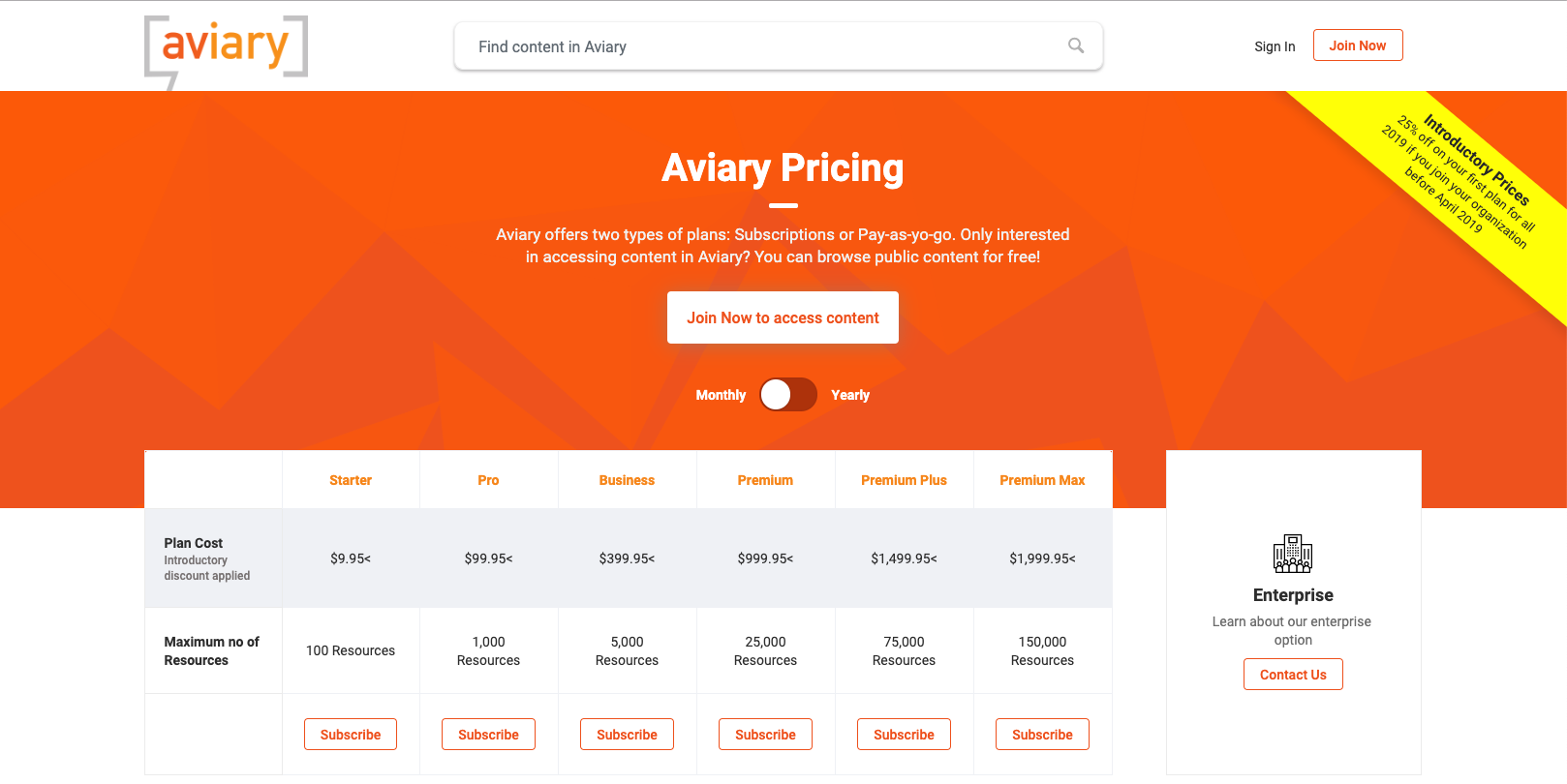Welcome back to the 99 Problems series! This series focuses on the problems of current generation streaming platforms that are solved by Aviary, AVP’s next-generation platform for streaming audio and video content. (Did that sentence make you roll your eyes? Start here). Otherwise, if you are ready to get back to it, let’s go!
Haven’t We Seen These Features Before?
People may look at Aviary and think that they have seen something like it before, raising the question of why this set of features deserves the label of “next-generation”. After all, TED Talks has searchable transcripts that are synchronized. WNYC public radio out of New York City had “audio search”, which uses searchable synchronized transcripts, for years. The American Archive of Public Broadcasting has a website that has searchable synchronized transcripts. The OHMS viewer* does a very similar thing as well. In fact, if you thought really hard about it you could probably come up with a dozen or so applications and websites that have used searchable synchronized transcripts. So, how in the world is Aviary “next-generation”?
TED Talks synchronized transcript feature American Archive synchronized transcript feature
First off, I’ll say that Aviary is a whole lot more than searchable synchronized transcripts, but that’s not the argument I’d like to focus on in this post. In this post I would like to focus on the fact that in each of the examples above there is either no point of entry for others, or as a best case, there is a high point of entry. For instance, TED Talks functionality is awesome…. for TED Talks and users of the TED Talks website. I’m sure there are lots of organizations that would love to use the same platform for their own content, but that’s not possible. The same is true for the American Archive for Public Broadcasting website. The similar features found on these websites are not packaged and available for other organizations or collections to use.
“Aha!” you say, “but what about the free and open source OHMS Viewer? That is available to anyone that wants to use it”. Yes, you are correct. However, there is a barrier to entry that proves challenging for many organizations, which is the setup and hosting of the OHMS Viewer. This requires access to affordable, available, and knowledgable IT folks to setup and then it requires ongoing resources for running and maintaining the server and application, not to speak of customization needs. For some, this is not a high barrier for entry. For many, it is.
In one way or another, every platform that you can think of with a similar set of features is either not available to the public at all, or requires heavy lifting in the way of technical resources and price tag.
Flippin’ the Script
So, while Aviary deserves the “next-generation” label for the full suite of innovative features it brings to the table, for the purpose of this post, it is the fact that Aviary brings these features to anyone and everyone in a simple user interface and at an extremely low cost that makes it “next-generation.” Aviary is purposely crafted to make it available to everyone, including small historical societies, community-based organizations, small not-for-profits, and small counties. In this case, Aviary is not “next-generation” because of what it does. It is “next-generation” because of what it does AND who has access to it. Follow our How-To series to see just how simple it is.
Problem # 2: Lack of Democratization. Status: Solved.
Want to see for yourself? Find out more about Aviary at weareavp.com/products/aviary or try Aviary for yourself at aviaryplatform.com.
Stay tuned for the next blog in which I’ll discuss a closely related problem, but one that focuses more on the content in the platform rather than the people using the platform: the Closed Loop Problem.
